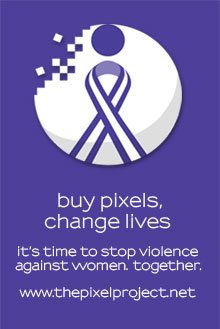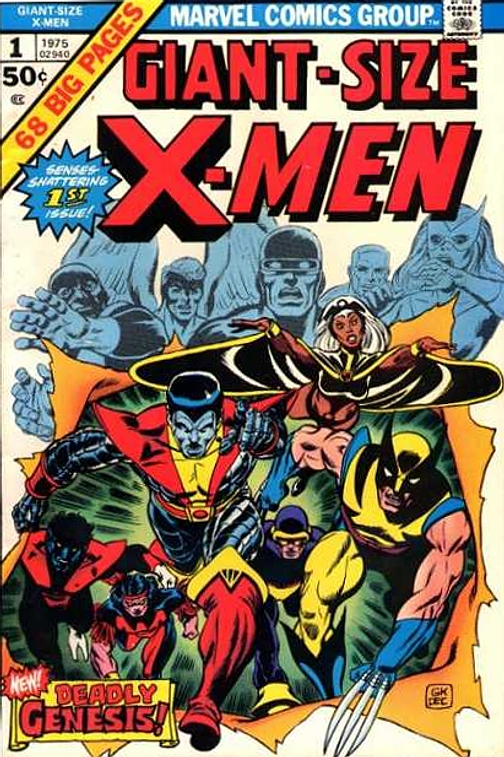After the previous post’s exhausting round up of all my 2015 publications, I must now mention I won’t have nearly as many new publications in 2016.
In fact the only confirmed publication I have is:
August 2016: Poisoned Blade (Court of Fives 2), Little, Brown Books for Young Readers
What else am I working on? What else might I like to be working on?
Here is the state of the Kate Elliott in January 2016.
Under contract and actively working on:
Court of Fives 3, the third and final novel in the Court of Fives trilogy.
Dead Empire, the second volume of the Black Wolves Trilogy.
A novelette for an anthology, not yet announced. The story will be set in the Spiritwalker universe.
Under contract, not yet working on:
Another novella in the Court of Fives universe.
The third Black Wolves Trilogy volume.
Not under contract partials: novels or short fiction I have written a bit on, that I am anxious to complete someday:
Short Fiction:
A possible novella that may be part of Dead Empire but might be published separately beforehand.
So much Spiritwalker short fiction:
Monster: Kemal at thirteen
Bloom: Includes the incident in which a teenage Andevai comes to the attention of Four Moons House, but is really a story about how a young woman mage who is a diviner comes to realize her power.
The Architect: An incident that takes place a few months after Andevai begins training at the mage house, told from the point of view of the mansa’s uncle.
The First Thing: Fourteen-year-old Augustus Sidibe stows away on a dirigible crossing from Expedition to Europa, and witnesses a terrible event.
Two post-Spiritwalker stories that to give details would be spoilers for the series.
Novels:
Jaran universe novels. Yes, there are several more to be written, although at this point I would write them as standalones rather than as a series or trilogy.
Here is the next Jaran novel I would write. It would be a standalone, and it’s working title used to be The Game of Princes but you can see that “Game of” constructions are basically out at the moment. Here is the opening page:
At Diana’s last acting job one of the props had been a centuries-old revolver, still in working condition. When, after the final night of the production, she found herself sitting alone in an empty park with the purloined revolver in her lap and a bullet in five of the six chambers, she had finally understood that she’d crossed a line past which she could no longer return.
So it was only forty eight hours later, having shed her life in a wretched, slipshod haste, that she stood in a dusty hanger among sixty-two other people desperate enough to take this drastic step.
The manager mounted the podium and greeted them with a weary smile. “Remember, we only take volunteers. This is your last chance to turn back. I advise that you do.”
After a pause, during which no one spoke, the manager went on.
“Statistically you have a one in six chance of contracting angel-lung, which will at best cripple you and will definitively make it impossible for you to return to Earth or anywhere because angel-lung interdicts you from vector travel so you can never leave that hellhole of a moon at all, ever again. Never.”
The man next to Diana scratched the stubble of his shorn head, a gesture that made her want to touch her own shaved head, but she had cut that golden life all away from herself and let it be swept aside. Someone else coughed, and then the silence became focused like a drop pulling off the surface tension of water, ready to fall.
“All right, then. Get your staple and proceed along the gangway to your berth in the shuttle.”
They filed into an obedient line, one by one stepping into the cradle.
As she waited for her turn she studied their faces, because emotion was her scholarship and expression her skill. One man had his eyes closed, as if replaying a memory he wasn’t yet willing to erase. A woman wearing a blue cap was tracing a crazy path with her eyes along the ceiling, almost certainly following some kind of nesh game on her neural network. A couple held hands contentedly, their tight smiles of triumph making it seem they had just scored a secret victory.
There were no children.
Children weren’t allowed, only the hopeless, the cast-off, the chronically debt-stricken, and the woman who had pressed the muzzle of an antique gun to her head and decided it would be too much trouble for someone else to clean up and besides that too much of a shock for the young daughter she rarely saw.
Space Opera: I have about 5 chapters of this written because it is my “no pressure just for fun” secret project that I work on when I am feeling stressed.
Invasion: A modern day sff novel, set in Hawaii. Can’t say more because even though I know the entire physical plot (i.e. the order of events) and all the characters, and have 4 chapters written, I don’t have the underlying mechanism (the underlying engine/trick that makes the plot go).
A sequel to Crown of Stars, but set 500 years later, that would (among other things) involve Count Lavastine getting released from the paralytic poison to which he succumbed in volume (um) (whatever volume that happened in). It would also follow the adventures of the Phoenix Guild of traveling sorcerers, an offshoot of the school Liath has (so modestly) founded at the end of Crown of Stars.
Other novels. But it’s too exhausting to list my other ideas, which are legion, because the reality is that I most likely won’t get to most/any of them, even in a perfect world.
Reading:
I counted up last year’s reading total: 48 books (fiction and non fiction).
In 2016 I want to try to read 52 books.
Also, as my Big Book Classic 2016 project: the Dick Davis translation of Ferdowsi’s The Shahnameh is ON. If anyone wants to join me in this project, let me know. This is truly EPIC writing.
Media:
My word for tv, film, games, and other stuff. I will continue playing Guild Wars 2 until I get bored of it, and will watch stuff. I am looking forward to The Expanse and other shows/seasons I haven’t yet seen that came out last year. Also, hoping for a new season of Longmire.
Online:
I would love to get my newsletter actually going (it isn’t yet), and my big dream is to create a focused podcast on writing, comics, production, and craft with my daughter and a third person with engineering skills. But that’s for the medium term.
Short term, and more reasonably do-able, I hope simply to blog more in 2016, and to write several long essays like Writing Women Characters as Human Beings from last year or The Omniscient Breasts from 2012. But mostly I just want to blog more in the capacity of a person who is talking out loud and, if all goes well, engaged in conversation with others. In 2015 I got too fixated on the idea that I *had* to produce a certain kind of publicity writing in conjunction with book releases, and in the end this rigid idea created so much anxiety that it exhausted my capacity to write casually about things that interest me and that I would hope to be able to post casually about as a means of sharing ideas and discussion with people who want to read about and discuss such things.
In other words, I want to have more fun and BE MORE FUN in 2016.













